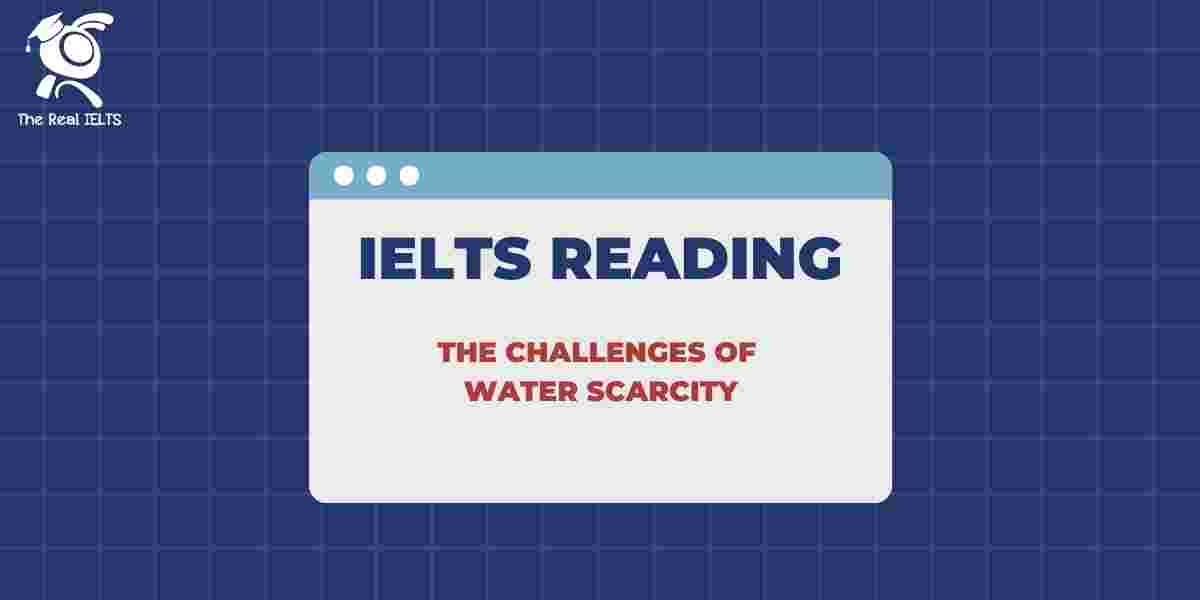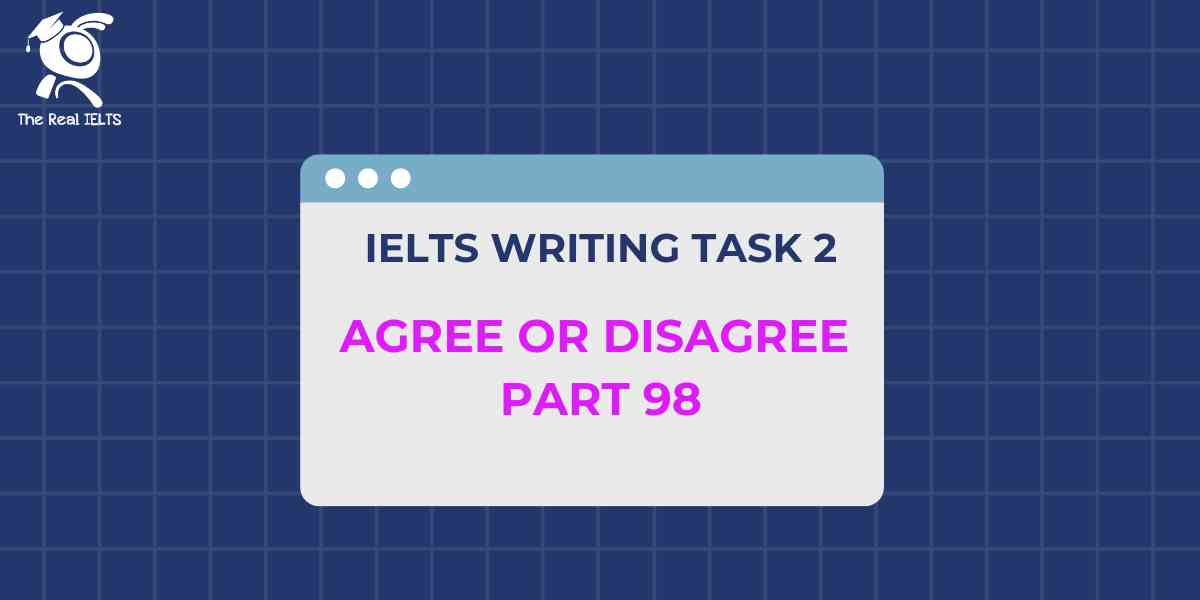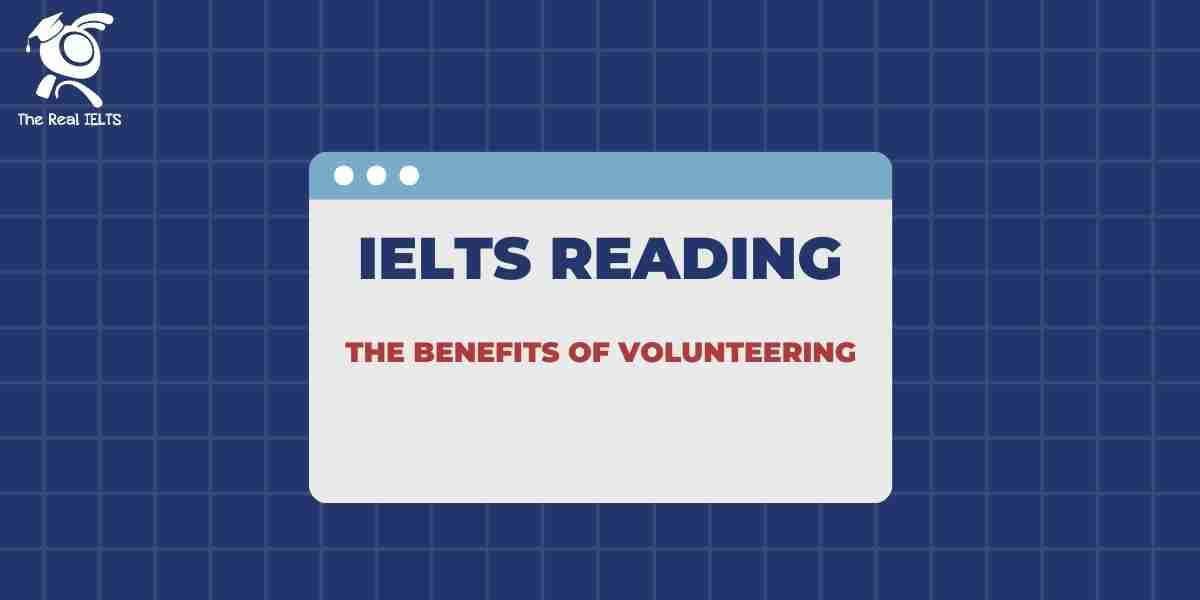Đề bài IELTS Writing task 2 dạng dạng Advantages and Disadvatages: Artificial Intelligence
You should spend about 40 minutes on this task
The integration of AI into various industries. Do the advantages of this outweigh the disadvantages?
Write at least 250 words.
Bài mẫu IELTS Writing Task 2 dạng Advantages and Disadvatages: Artificial Intelligence
Artificial Intelligence: The Integration of AI into Various Industries
Introduction:
Artificial Intelligence (AI) has rapidly become a transformative force, integrating itself into a wide array of industries, from healthcare to finance, manufacturing, and beyond. This technological revolution offers numerous advantages but also poses significant challenges. While the benefits of AI in improving efficiency, productivity, and decision-making are undeniable, concerns about job displacement and ethical implications must be considered. Ultimately, the advantages of AI integration outweigh the disadvantages when managed properly.
Body Paragraph 1 (Advantages):
One of the primary benefits of integrating AI into industries is the significant boost in efficiency and productivity. AI systems can process vast amounts of data and perform tasks much faster than humans, which leads to streamlined operations. For example, in the manufacturing sector, AI-powered robots can work around the clock without fatigue, increasing production rates while maintaining precision and consistency. This efficiency not only reduces operational costs but also allows industries to meet higher demand in less time.
Another advantage is the enhanced decision-making capabilities that AI brings to industries. AI systems can analyze complex data sets and provide insights that humans might miss, leading to more informed and accurate decisions. In the healthcare sector, for instance, AI algorithms can assist doctors by identifying patterns in medical imaging, helping detect diseases at an early stage. This allows for faster diagnosis and treatment, ultimately saving lives. These advancements in AI-driven decision-making are reshaping industries by improving the quality and speed of critical processes.
Body Paragraph 2 (Disadvantages):
Despite its advantages, the integration of AI also presents notable disadvantages. One of the most pressing concerns is the potential for job displacement. As AI systems become more capable of performing tasks that were traditionally done by humans, many workers, especially in sectors like manufacturing and customer service, may find themselves replaced by machines. For instance, automated checkout systems in retail stores have led to a decrease in the demand for cashiers, raising concerns about unemployment in various sectors.
Another significant disadvantage is the ethical and security challenges associated with AI. The use of AI in decision-making processes, particularly in areas such as finance and law enforcement, raises questions about bias and fairness. AI algorithms, if not carefully designed and monitored, can perpetuate existing biases, leading to unfair outcomes. For example, facial recognition software has been criticized for its inaccuracies in identifying individuals from certain racial groups, leading to potential legal and ethical issues. These concerns highlight the need for robust regulations and oversight in AI deployment.
Conclusion:
In conclusion, the integration of AI into various industries offers substantial benefits, particularly in terms of efficiency, productivity, and decision-making. However, the potential for job displacement and ethical concerns should not be overlooked. While these disadvantages are significant, with proper management, regulation, and adaptation of the workforce, the advantages of AI far outweigh the drawbacks. Therefore, AI’s integration into industries, when handled responsibly, presents more opportunities than challenges.
Thống kê cấu trúc câu và cấu trúc ngữ pháp
1. Cấu trúc câu:
- Simple sentences (Câu đơn):
- “Artificial Intelligence (AI) has rapidly become a transformative force.”
- “AI systems can process vast amounts of data.”
- “This efficiency not only reduces operational costs.”
- Compound sentences (Câu ghép):
- “This technological revolution offers numerous advantages, but also poses significant challenges.”
- “AI-powered robots can work around the clock without fatigue, increasing production rates while maintaining precision and consistency.”
- “These concerns highlight the need for robust regulations and oversight in AI deployment.”
- Complex sentences (Câu phức):
- “While the benefits of AI in improving efficiency, productivity, and decision-making are undeniable, concerns about job displacement and ethical implications must be considered.”
- “As AI systems become more capable of performing tasks that were traditionally done by humans, many workers, especially in sectors like manufacturing and customer service, may find themselves replaced by machines.”
- “For instance, facial recognition software has been criticized for its inaccuracies in identifying individuals from certain racial groups, leading to potential legal and ethical issues.”
- Compound-complex sentences (Câu ghép phức):
- “Another advantage is the enhanced decision-making capabilities that AI brings to industries, as AI systems can analyze complex data sets and provide insights that humans might miss, leading to more informed and accurate decisions.”
2. Cấu trúc ngữ pháp:
- Thì hiện tại đơn (Present simple tense):
- “Artificial Intelligence (AI) has rapidly become a transformative force.”
- “AI systems can analyze complex data sets.”
- “AI algorithms can assist doctors.”
- Thì hiện tại hoàn thành (Present perfect tense):
- “AI has rapidly become a transformative force.”
- “AI algorithms have been criticized for its inaccuracies.”
- Câu điều kiện loại 1 (First conditional):
- “If not carefully designed and monitored, AI algorithms can perpetuate existing biases.”
- Câu bị động (Passive voice):
- “AI-powered robots can work around the clock without fatigue.”
- “These concerns highlight the need for robust regulations.”
- Câu nhấn mạnh (Emphatic sentence):
- “While these disadvantages are significant, with proper management, the advantages of AI far outweigh the drawbacks.”
Các từ vựng tiếng Anh cần lưu ý trong bài viết
1. Artificial Intelligence (AI)
- Nghĩa: Trí tuệ nhân tạo
- Cách sử dụng: Thuật ngữ để chỉ công nghệ mà máy móc có thể thực hiện các nhiệm vụ yêu cầu trí thông minh của con người.
2. Integration
- Nghĩa: Sự tích hợp
- Cách sử dụng: Đề cập đến việc đưa AI vào các ngành công nghiệp và quá trình hợp nhất công nghệ vào hệ thống hiện có.
3. Efficiency
- Nghĩa: Hiệu quả
- Cách sử dụng: Khả năng làm việc một cách nhanh chóng, chính xác mà không lãng phí thời gian hoặc tài nguyên.
4. Productivity
- Nghĩa: Năng suất
- Cách sử dụng: Mức độ sản xuất, tạo ra hàng hóa hay dịch vụ trong một khoảng thời gian nhất định, thường liên quan đến sự cải thiện khi sử dụng AI.
5. Decision-making
- Nghĩa: Quyết định
- Cách sử dụng: Khả năng hoặc quá trình đưa ra quyết định chính xác, được cải thiện nhờ AI phân tích dữ liệu lớn.
6. Job displacement
- Nghĩa: Mất việc làm
- Cách sử dụng: Thay thế công việc của con người bằng máy móc hoặc AI, dẫn đến việc người lao động bị mất việc.
7. Bias
- Nghĩa: Thiên vị, lệch lạc
- Cách sử dụng: Sự thiếu công bằng hoặc thiên vị trong các quyết định của AI, xuất phát từ dữ liệu hoặc lập trình không chính xác.
8. Ethical implications
- Nghĩa: Hệ quả đạo đức
- Cách sử dụng: Những vấn đề liên quan đến đạo đức và luân lý xuất hiện khi AI được sử dụng trong các quyết định quan trọng.
9. Automation
- Nghĩa: Tự động hóa
- Cách sử dụng: Quá trình sử dụng công nghệ để tự động hóa công việc mà không cần sự can thiệp của con người.
10. Robust regulations
- Nghĩa: Quy định chặt chẽ
- Cách sử dụng: Các quy tắc, quy định mạnh mẽ và chặt chẽ cần được áp dụng để quản lý việc sử dụng AI nhằm tránh rủi ro và hệ quả tiêu cực.
11. Algorithm
- Nghĩa: Thuật toán
- Cách sử dụng: Các quy tắc hoặc quy trình tính toán mà AI sử dụng để xử lý dữ liệu và đưa ra quyết định.
12. Unemployment
- Nghĩa: Thất nghiệp
- Cách sử dụng: Sự mất việc làm, một vấn đề tiềm ẩn do AI thay thế con người trong nhiều lĩnh vực.
13. Oversight
- Nghĩa: Giám sát
- Cách sử dụng: Việc kiểm tra và theo dõi cẩn thận để đảm bảo AI được sử dụng một cách đúng đắn và an toàn.
Đọc thêm về bài viết gợi ý luyện thi IELTS.















